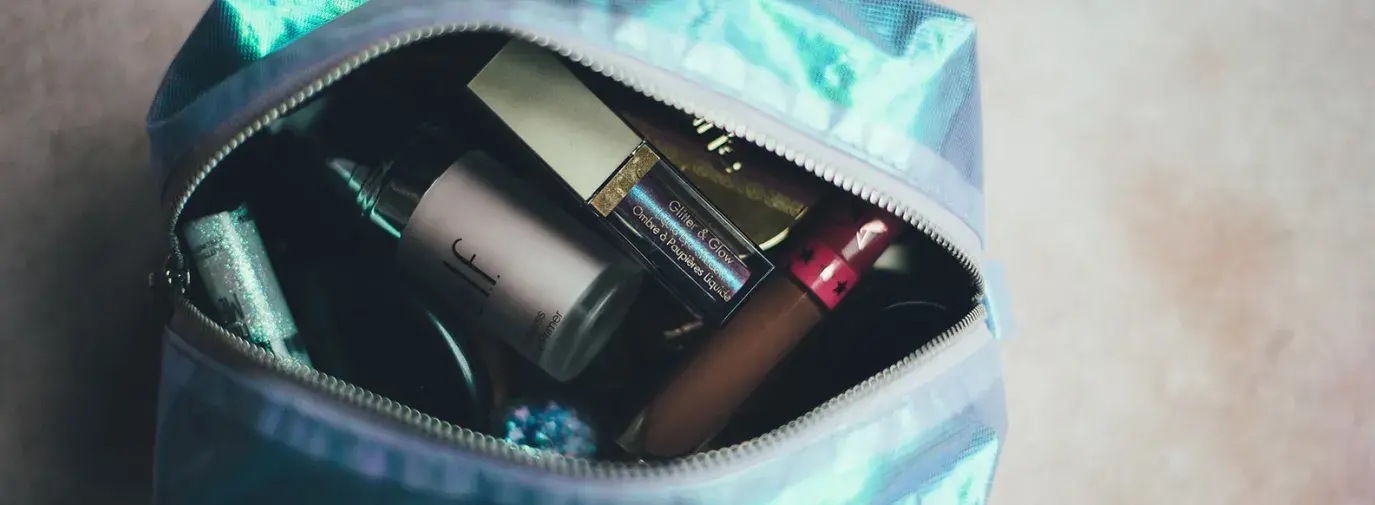
Our bodies act as a sponge that absorbs the substances we put into—and onto—it. Just like the food we eat, the products our bodies consume can either have positive or negative impacts on our health. Choosing nontoxic body care products can help you protect yourself and the environment.
Choose Green
Know what to look for: In a world of seemingly infinite body care products, having ideas in mind about what properties you want in yours can help narrow your search. Aim for products that have pure, truly natural ingredients and are scented with pure essential oils.
Consider organic: There’s a wide range of organic personal care products to meet your needs. When you go organic, you ensure that the natural ingredients in your products were grown without synthetic pesticides or fertilizers—better for the Earth and your skin. A certified organic label on a body care product means 95 percent of the ingredients in it are organic.
Keep it simple: You do not want to cause unnecessary irritation or damage to your body by exposing it to too many ingredients and substances. Stick to products and brands that you already know are healthy and work. Also, a good rule of thumb is the shorter and simpler a product ingredient list is, the less toxic it may be. You may also consider getting creative in the kitchen and making your own, using substances already in your household. For instance, avocado, honey, and apple cider vinegar all make great natural facial cleansers.
Do your research: The cosmetics industry is largely self-regulated, and manufacturers do not always report customer complaints about adverse effects of their products to the FDA. To stay safe, it pays to look into what you put on your skin. One great resource is the Environmental Working Group’s Skin Deep Cosmetics Database, which informs readers of the potential health concerns related to over 70,000 cosmetics products and thousands of ingredients.
Not That
Avoid parabens: They’re in shampoo and many other products, and they are estrogen mimickers that can lead to cancer.
Stay away from vague “fragrances”: A company may legally hide hundreds of substances behind the vague term “fragrance” on product ingredient lists. A product’s fragrance may contain potentially hundreds of toxic chemicals and volatile organic compounds.
Say no to nanoparticles: Nanoparticles are so small, many scientists are concerned about their potential health effects, as they can penetrate cell walls and are highly reactive. Products with nanoparticles aren’t often labeled as such, so check your conventional body care products on the Skin Deep Database or the Project on Emerging Nanotechnologies.
Ditch products with phthalates: These hormone disruptors have been linked to male genital abnormalities, liver and kidney lesions, and higher rates of childhood asthma and allergies.
Don’t buy petroleum byproducts: Listed as mineral oil, petrolatum, liquid paraffin, toluene, or xylene, these chemicals are found in products, including many shampoos and soaps. They are often contaminated by toxic impurities like 1,4 dioxane, which is a probable carcinogen.
Ban all triclosan: The FDA banned triclosan in 2016 from antibacterial soaps and washes, due to its links to antibiotic resistance and hormone disruption, but it still appears in antibacterial hand sanitizer and other products.
You still have to look out for lead: It’s a potent neurotoxicant, and it’s been found in lipstick and men’s hair coloring kits.







